Key Takeaways
-
Preferred Habitats: Cockroaches are drawn to warm, moist environments with food. Common hiding spots include kitchens, bathrooms, basements, and living rooms.
-
Kitchen Hiding Spots: Often hide under stoves, fridges, cabinet cracks, and near sinks where food and water are accessible.
-
Bathroom Hiding Spots: Bathrooms provide dampness; roaches hide under sink cabinets, around toilets, and in shower drains.
-
Bedroom & Living Room Spots: Roaches may hide under furniture, in wardrobes, near electronics, and cluttered spaces with food crumbs.
-
Entry Points: They enter through cracks, plumbing lines, open windows/doors, and items like boxes or used furniture.
-
Egg Laying Locations: Females lay eggs in concealed spots near food/water like cabinet corners, behind appliances, and in furniture crevices.
-
Prevention Tips: Seal entry points, keep your home clean, fix leaks, store food well, reduce clutter, and inspect incoming items.
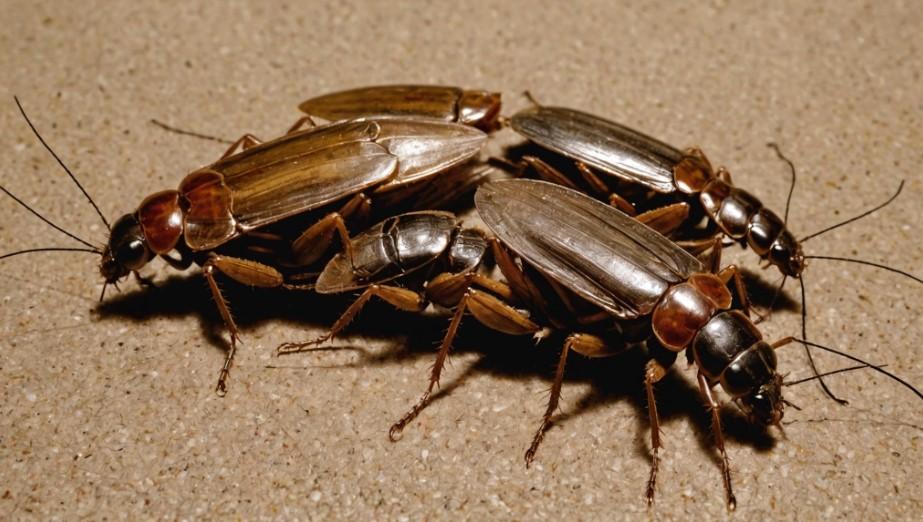 Cockroaches are one of the most persistent and resilient pests, often sneaking into homes unnoticed until their population has grown significantly. Cockroaches are attracted to warmth, moisture, and food, which can be found in various parts of your home. Understanding where cockroaches come from, where they hide, and their habits is essential for prevention and control.
Cockroaches are one of the most persistent and resilient pests, often sneaking into homes unnoticed until their population has grown significantly. Cockroaches are attracted to warmth, moisture, and food, which can be found in various parts of your home. Understanding where cockroaches come from, where they hide, and their habits is essential for prevention and control.
Where Do Cockroaches Live?
Cockroaches enter homes searching for ideal living conditions, often from nearby environments. Common species like German, American, Oriental, and brown-banded cockroaches thrive in dark, humid spaces. Urban areas provide ample breeding grounds, with cockroaches commonly found in sewer systems, storm drains, subway tunnels, and cluttered streets. Indoors, they enter through cracks, plumbing lines, or packages. These species often live in warm, humid climates and enter homes through open windows or doors, especially when attracted to light. Cockroaches may also hitch a ride in cardboard boxes, second-hand furniture, or grocery bags, quickly establishing cockroach infestations.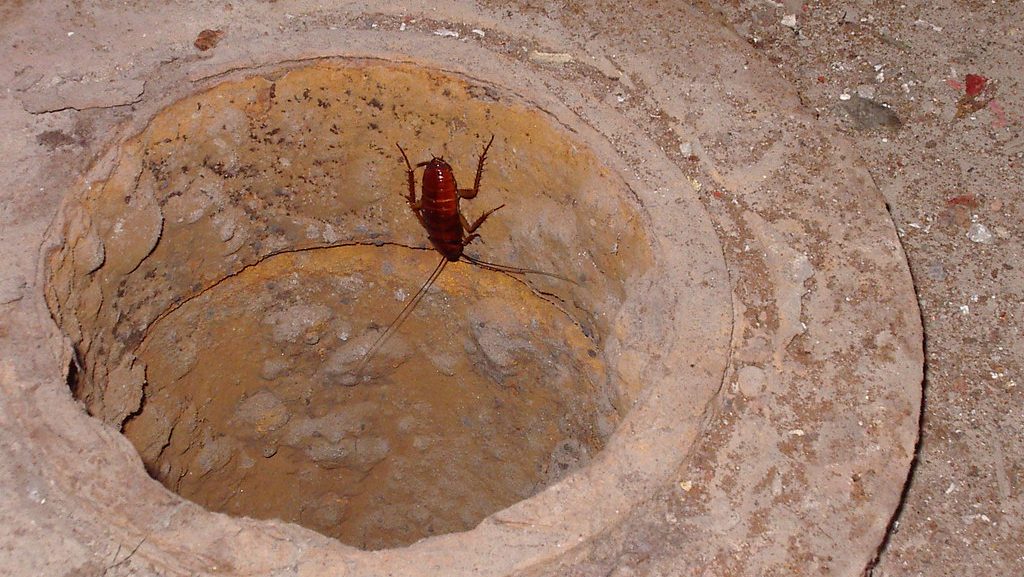

Not getting a solution?
Get your free pest control estimate today!Where Do Cockroaches Hide?
Cockroaches are nocturnal creatures that excel at hiding in dark, undisturbed spaces. Kitchens and bathrooms are major locations due to their access to moisture and food. They often conceal themselves in:
Kitchen Hiding Spots
Cockroaches hide under appliances, in cabinet cracks, and near sinks where food and water are available.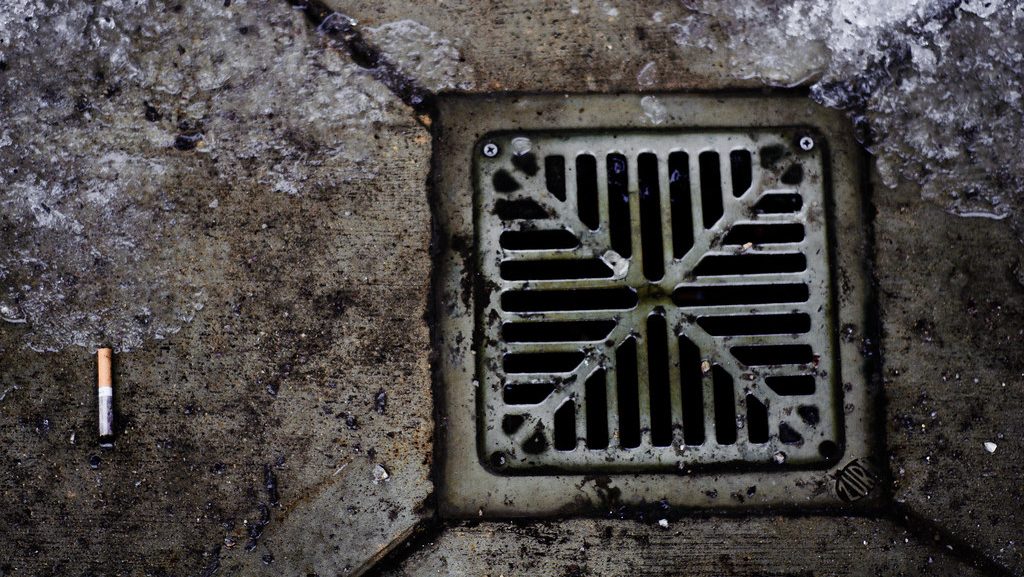
Bathroom Hiding Spots
Common spots include under sink cabinets, around toilet bases, and in shower drains.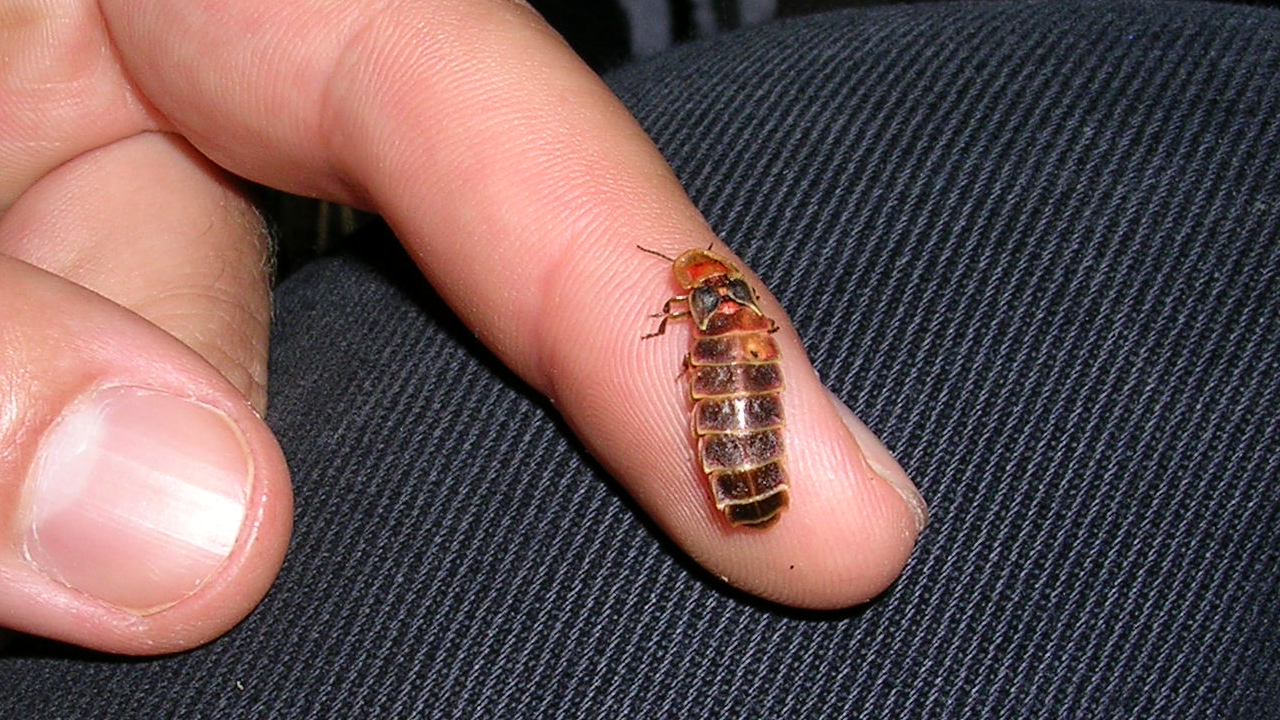
Bedroom Hiding Spots
Cockroaches hide under beds, inside wardrobes, and near warm electronics like TVs.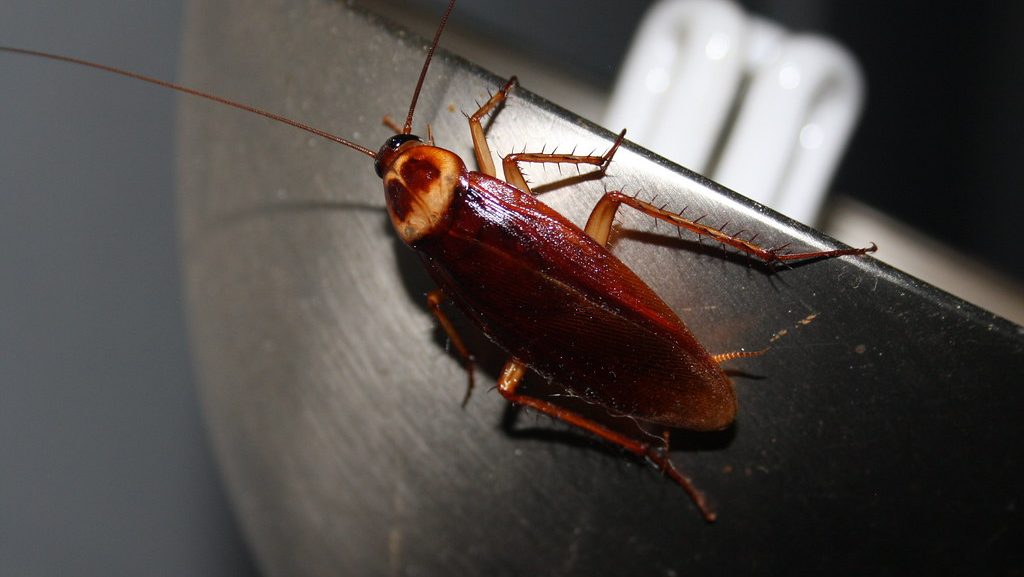
Living Room Hiding Spots
They hide behind sofas, in wall cracks, and in cluttered areas near food crumbs.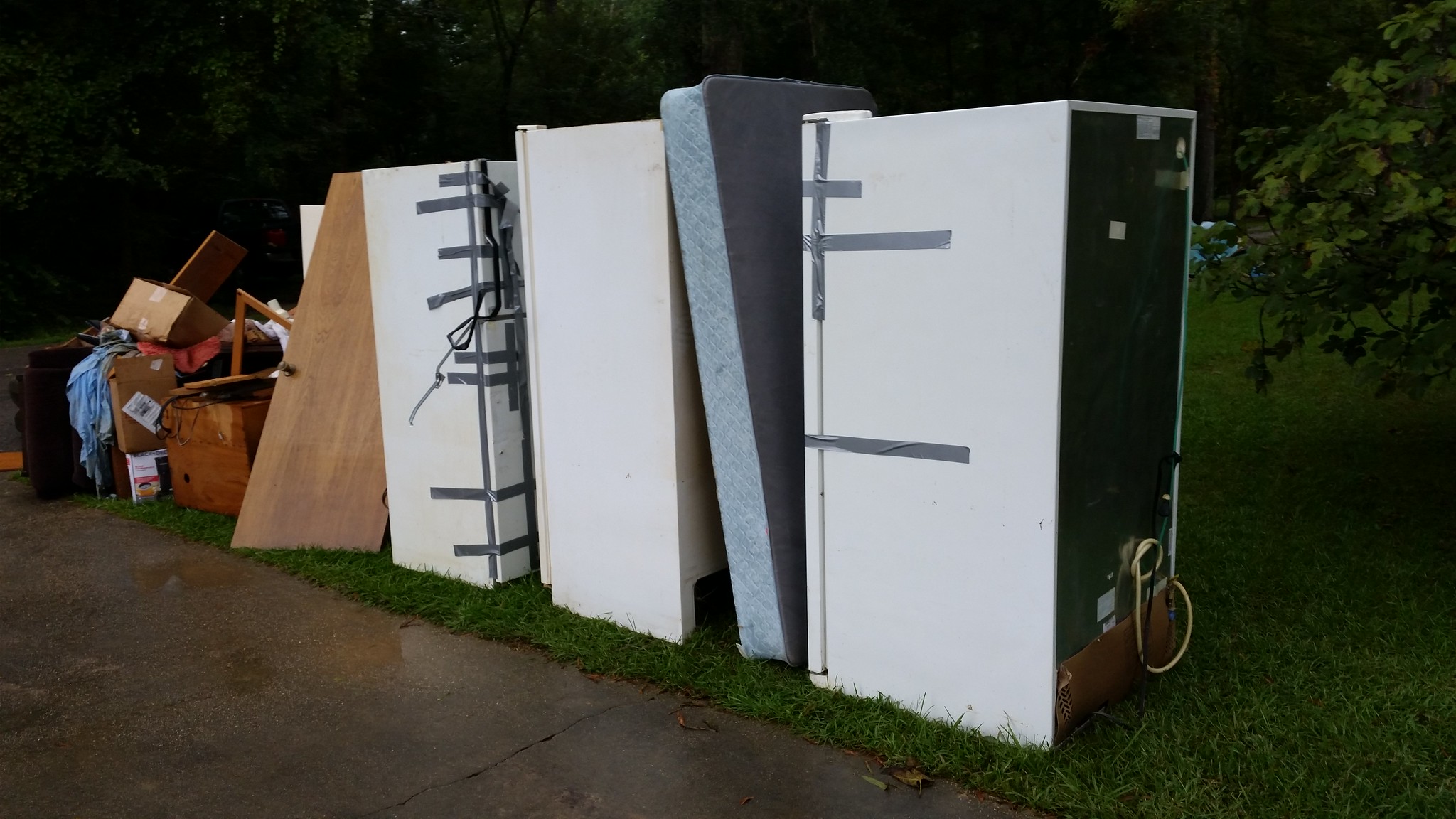
Basement Hiding Spots
Cool, damp spaces like basements, drains, and crawl spaces attract cockroaches.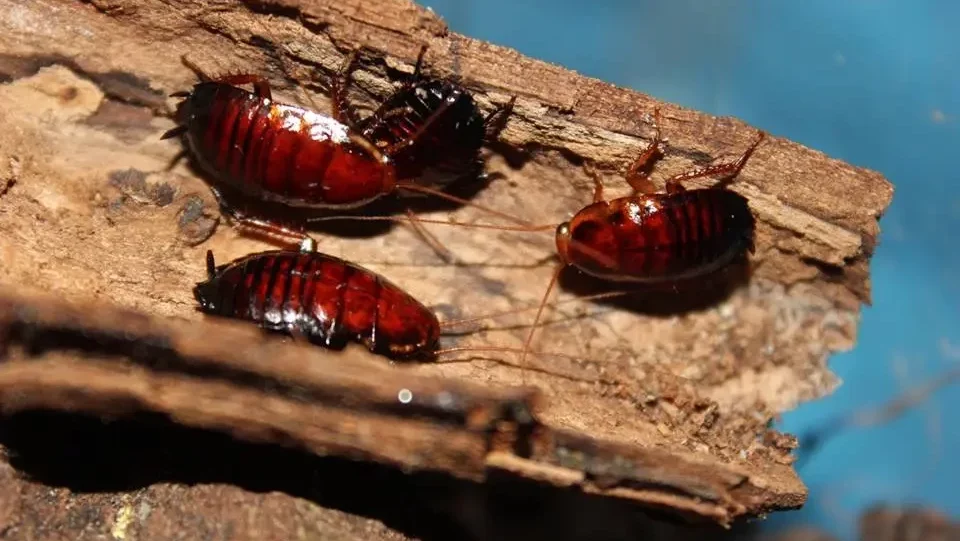
Outdoor Hiding Spots
Mulch, soil, and debris near building foundations provide ideal outdoor hiding spots.Where Do Cockroaches Hide in the Kitchen?
- Kitchens provide cockroaches with easy access to food, water, and warmth, making them a prime hiding spot. These pests seek out dark, enclosed areas where they can remain undisturbed.
-
Under stoves, refrigerators, and dishwashers: Warm, dark areas where cockroaches thrive.
-
Cracks and crevices in cabinets: Particularly near sinks where moisture is present.
-
Loose shelving or gaps in pantry walls: Provide secluded spaces for nesting.
-
Spaces around trash bins: Easy access to food scraps and waste.
-
Gaps behind backsplashes: Dark, hidden areas that offer safety and shelter.

Cockroach Hiding Spots in Bathrooms
- Bathrooms are a haven for cockroaches due to the constant moisture and humidity. The presence of water and damp conditions gives them a perfect environment to thrive.
-
Damp spaces under sink cabinets: Ideal for cockroaches due to moisture and darkness.
-
Shower and sink drains connected to the sewer: Provide direct entry points for cockroaches.
-
Cracks around toilet bases and loose tiles: Secluded areas offering shelter and breeding spaces.
-
Spaces near bathtub edges and shower corners: Dark, moist environments are perfect for hiding.
Common Bedroom Cockroach Hiding Spots
- While not as common as kitchens or bathrooms, bedrooms can still attract cockroaches, especially if food, water, or clutter is present. They seek dark, undisturbed spaces to hide and nest.
-
Under beds, dressers, and wardrobes: Dark, undisturbed areas ideal for hiding.
-
Warm electronics like TVs, gaming consoles, and alarm clocks: Attract cockroaches due to heat and shelter.
-
Closets with clothing piles or cluttered corners: Provide secluded, safe spaces for roaches.
-
Nightstands with crumbs or water glasses: Accessible food and moisture sources.
-
Behind wall hangings like pictures or clocks: Hidden spots offering safety and darkness.

Where Do Cockroaches Lay Eggs?
Cockroaches reproduce rapidly, and knowing where cockroaches lay eggs is critical to stopping infestations. Female cockroaches lay egg cases that can hold multiple eggs in hidden locations. These are usually found near food and water sources for easy access once the eggs hatch. Common areas include:- Cabinet Corners: Hidden spots in kitchens and bathrooms.
- Behind Appliances: Warm, undisturbed areas near stoves or refrigerators.
- Furniture Crevices: Gaps in furniture or wall edges.
Where Do Flying Cockroaches Come From?
Flying cockroaches, like the American cockroach, are often seen in humid environments. These pests live in outdoor spaces such as gardens, storm drains, and sewer systems. They enter homes using open windows or doors, especially during the evening when lights attract them. Their ability to fly makes them more mobile and harder to keep out, requiring homeowners to seal potential entry points and install screens on windows and vents.Types of Cockroaches and Their Habitats
- Different species of cockroaches have distinct preferences for hiding spots, making identification crucial for targeted pest control.
-
German Cockroaches: Prefer warm, humid spaces close to food and water. Commonly found in kitchen cracks, behind appliances, and inside cabinets. Bathrooms are another frequent hiding area due to high moisture levels.
-
Oriental Cockroaches: Favor cooler, damp environments such as basements, drains, and crawl spaces. Outdoors, they thrive in mulch, soil, and debris near building foundations.
-
Brown-Banded Cockroaches: Prefer drier, warmer areas and are often found in elevated spaces like shelves, cabinets, and closets. They also hide in appliances or electronics where heat is generated.
-
American Cockroaches: Thrive in warm, moist environments like basements, sewer systems, and boiler rooms. Indoors, they commonly inhabit kitchens and areas around pipes or drains.
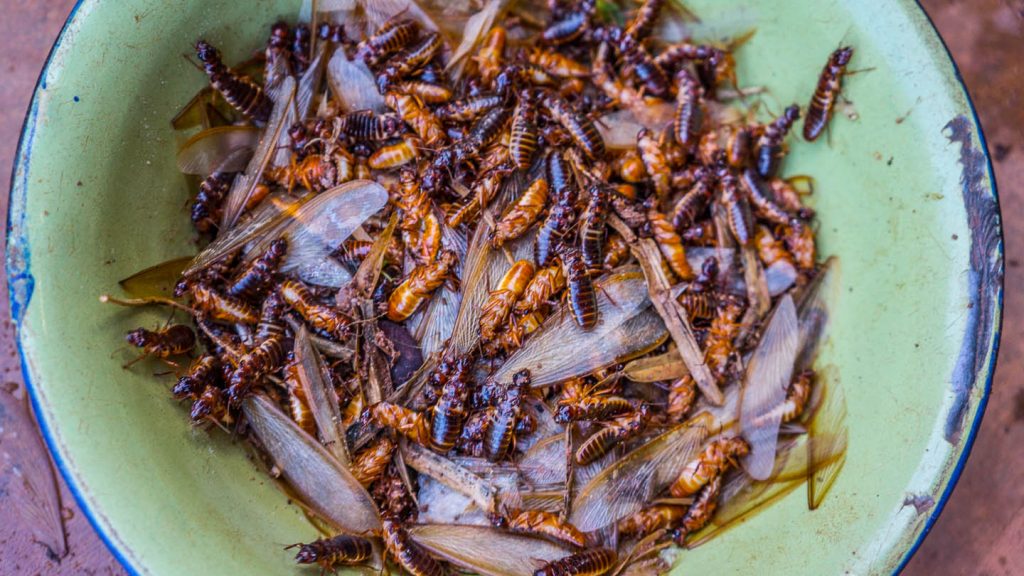
How to Keep Cockroaches Away from Your Home
- Here are a few methods you can use to keep cockroaches away from your home:
-
Seal Entry Points
-
Maintain Cleanliness
-
Fix Leaks
-
Store Food Properly
-
Declutter Regularly
-
Inspect Items
Myths and Facts About Cockroaches
| Myth | Fact |
|---|---|
| Cockroaches Only Infest Dirty Homes. | Even clean homes can be infested if cockroaches find water, food, or entry points. |
| Flying Cockroaches Are a Different Species. | Many cockroach species can fly, but their behavior depends on temperature and environment. |
| Killing Visible Cockroaches Solves the Problem. | Cockroaches breed rapidly, so eliminating only the visible pests doesn’t address the hidden eggs or colonies. |
| Cockroaches Are Indestructible. | Cockroaches are resilient but can’t survive sustained exposure to extreme heat or cold. |
| Cockroaches Are Only Found in Urban Areas. | Cockroaches can infest homes in both urban and rural areas as long as they find food and moisture. |





